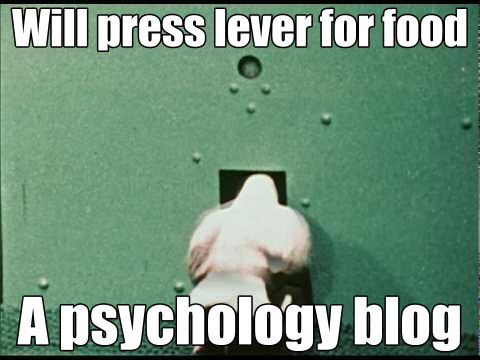Have you ever found yourself looking over the railing of a bridge or balcony and having the urge to jump? It's all right; a lot of people have. There is nothing wrong with you; you don't have a death wish; you're perfectly normal.
This urge to jump which is very commonly reported by people who have never had a suicidal thought in their lives has led some to believe suicidal acts can come out of the blue as impulsive actions. This goes some way to explain why someone who appears outwardly well and happy one moment might take their own lives the next.
Hames, Ribeiro, Smith and Joiner (2012), suspecting there might be more to it, decided to look closer. The first thing they did was to give it a name, which they could then conveniently reduce to initials. They called it the High Place Phenomenon (HPP), inspired, apparently, by a quotation by the character Jack Sparrow from the film Pirates of the Caribbean: “You know that feeling you get when you're standing in a
high place… sudden urge to jump?… I don't have it”. According to them, the HPP is not evidence of a death wish. Instead, it's simply a misinterpretation of a safety alert. This hypothesis was dependent on another phenomenon: anxiety sensitivity.
Anxiety sensitivity is experienced by people who are fearful of the symptoms of anxiety. Reiss, Peterson, Gursky and McNally (1986) said there was a difference between anxiety (frequency of symptoms) and anxiety sensitivity (the belief that an anxiety symptom has negative implications). In their studies, they found that people with high anxiety sensitivity were more likely to suffer from anxiety disorders. That means it might be more important to ask what someone thinks their anxiety means rather than the fact they have anxiety in the first place.
What has anxiety sensitivity got to do with the urge to throw yourself from great heights? Hames et al. studied 431 university students (a big sample making up to some extent for the unrepresentative nature of the participants) and they found that while those with suicidal thoughts were more likely to have the urge to jump, a large number of those who didn't had the same urge. Interestingly, those who did not have a tendency towards suicidal thoughts were much more likely to experience the urge to jump if they scored highly on the anxiety sensitivity index.
So . . . you're walking along and you come to a bridge with a long drop to the ground. You approach the railing and as you do, a quite reasonable safety alert goes off in your brain. You become anxious about the state of the railing, for instance. Is it secure? Is it high enough? If you are highly sensitive to anxiety you might misinterpret this anxiety as something very bad. If you don't commonly have suicidal thoughts and are not habituated to them you then might interpret, incorrectly, the anxiety you're experiencing as an urge to jump. Hames et al. suggest that the non-conscious fear response to step back from the edge happens so quickly that the interpretation, coming a second or two later, might make the mistake of thinking, 'Wow, I was going to jump there!' So don't worry. If you're not suicidal, the urge to leap from a great height is probably just you getting a perfectly healthy warning signal all mixed up.
It has to be said there is still very little research on the HPP and a lot more needs to be done. It's an intrguing start, though. So far, at least, you could say this so-called death wish is really a life-affirming reaction. It's proof that you really do want to live.
Refs.
Hames, J. L., Ribeiro, J. D., Smith, A. R., & Joiner, T. E. (2012). An urge to jump affirms the urge to live: An empirical examination of the high place phenomenon. Journal of affective disorders, 136(3), 1114-1120.
Reiss, S., Peterson, R. A., Gursky, D. M., & McNally, R. J. (1986). Anxiety sensitivity, anxiety frequency and the prediction of fearfulness. Behaviour research and therapy, 24(1), 1-8.
